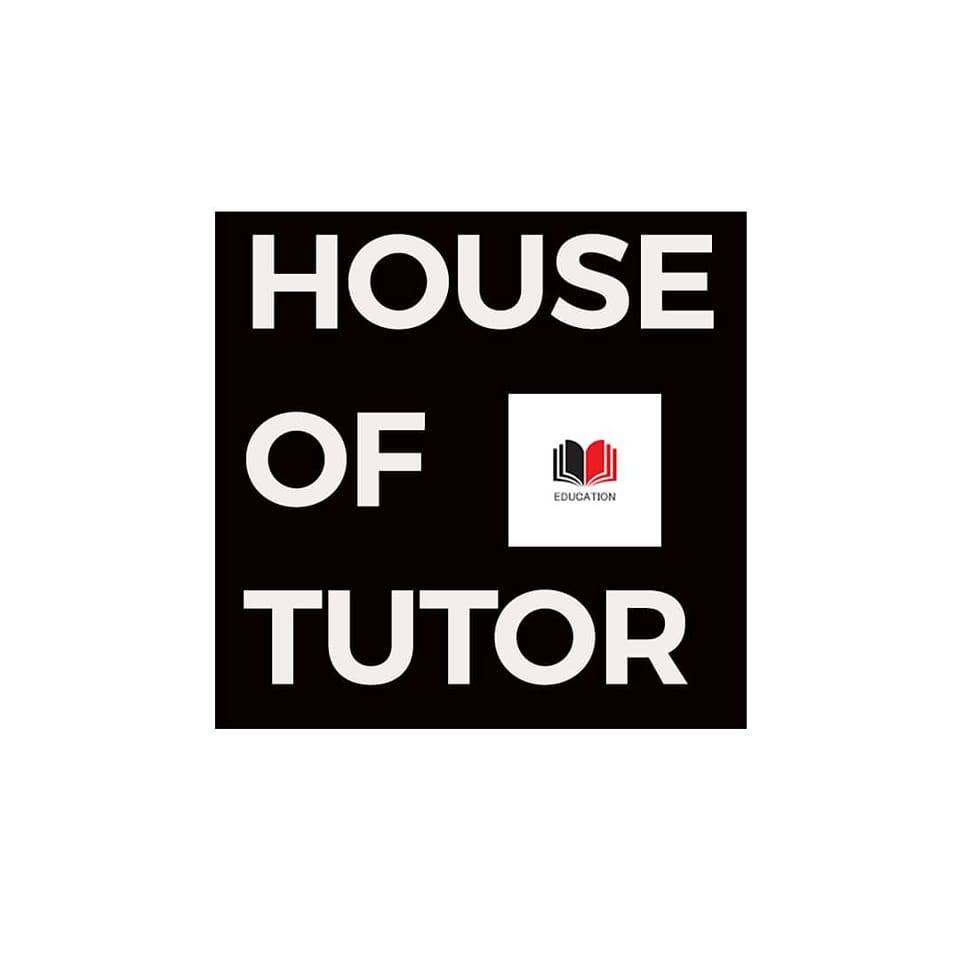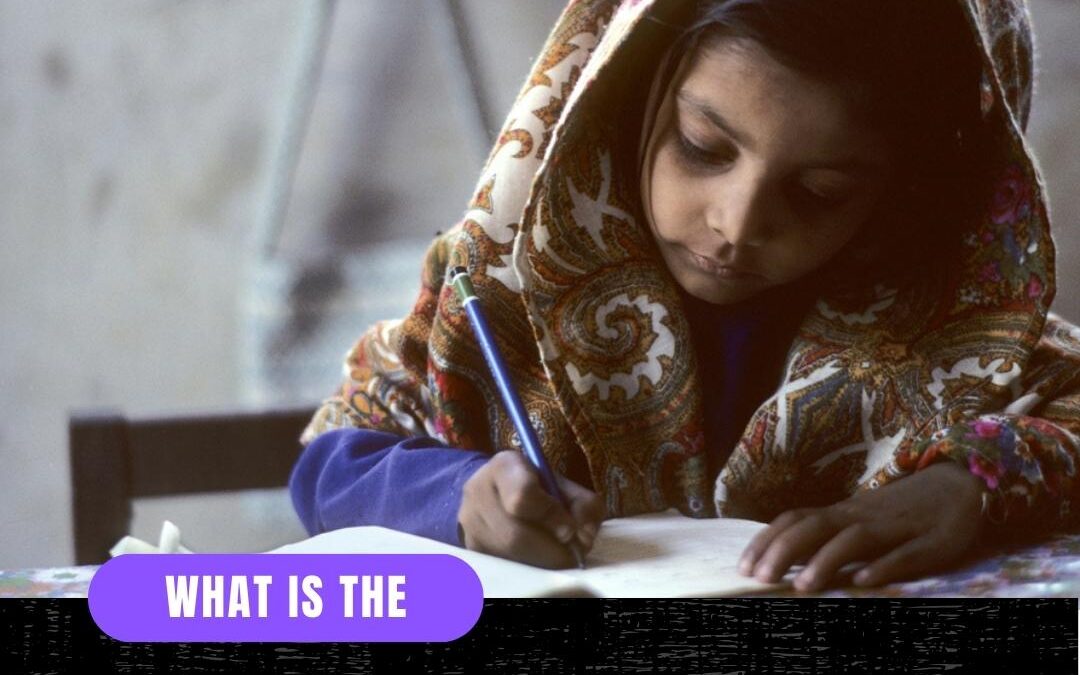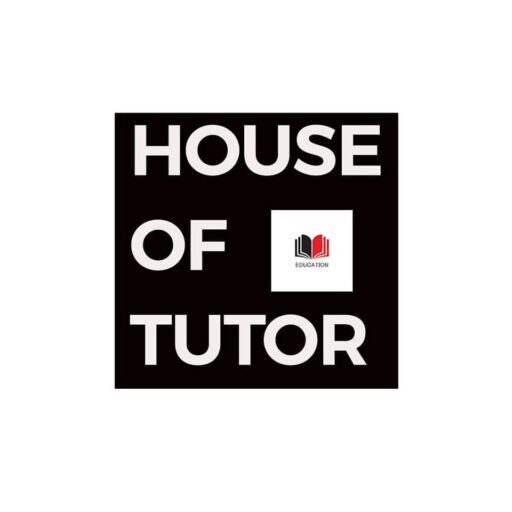Introduction
Pakistan, a country located in South Asia, is home to over 220 million people, making it the world’s fifth most populous country. but unfortunately, Pakistan’s education system has been lagging behind for decades. In this article, we will analyze the quality of education in Pakistan and the challenges it faces in delivering quality education to its citizens.
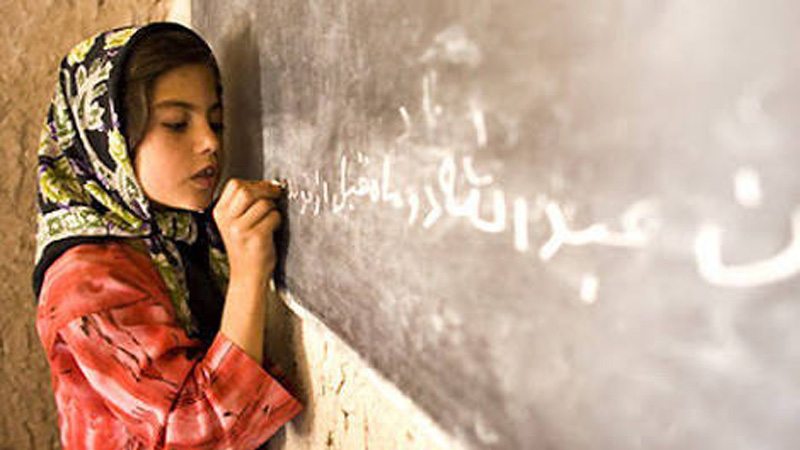
Primary Education
Primary education is the foundation of a child’s academic life. However, in Pakistan, the quality of primary education is a cause for concern. According to UNESCO, the literacy rate in Pakistan stands at 59%, with female literacy rate at only 45%. Additionally, access to education is also a significant issue in Pakistan, with around 22.8 million children out of school, according to a report by Alif Ailaan.
Secondary Education
Secondary education is equally important as primary education in a student’s academic career. However, the quality of secondary education in Pakistan is no better. The curriculum taught in secondary schools is outdated, and the pedagogical approaches used by teachers are traditional and teacher-centered, which does not facilitate learning. Furthermore, there is a significant shortage of trained teachers in secondary schools, and those who are employed are not adequately compensated for their work, which affects their motivation to teach.
Higher Education
Pakistan’s higher education system is divided into two main categories: universities and colleges. The quality of higher education in Pakistan is relatively better than primary and secondary education, but it still has its challenges. The curriculum in universities is not updated regularly, and the teaching methodologies are often traditional and outdated. Moreover, the standard of research and innovation is also not up to the mark, with minimal investment in research and development.
Challenges in the Education System
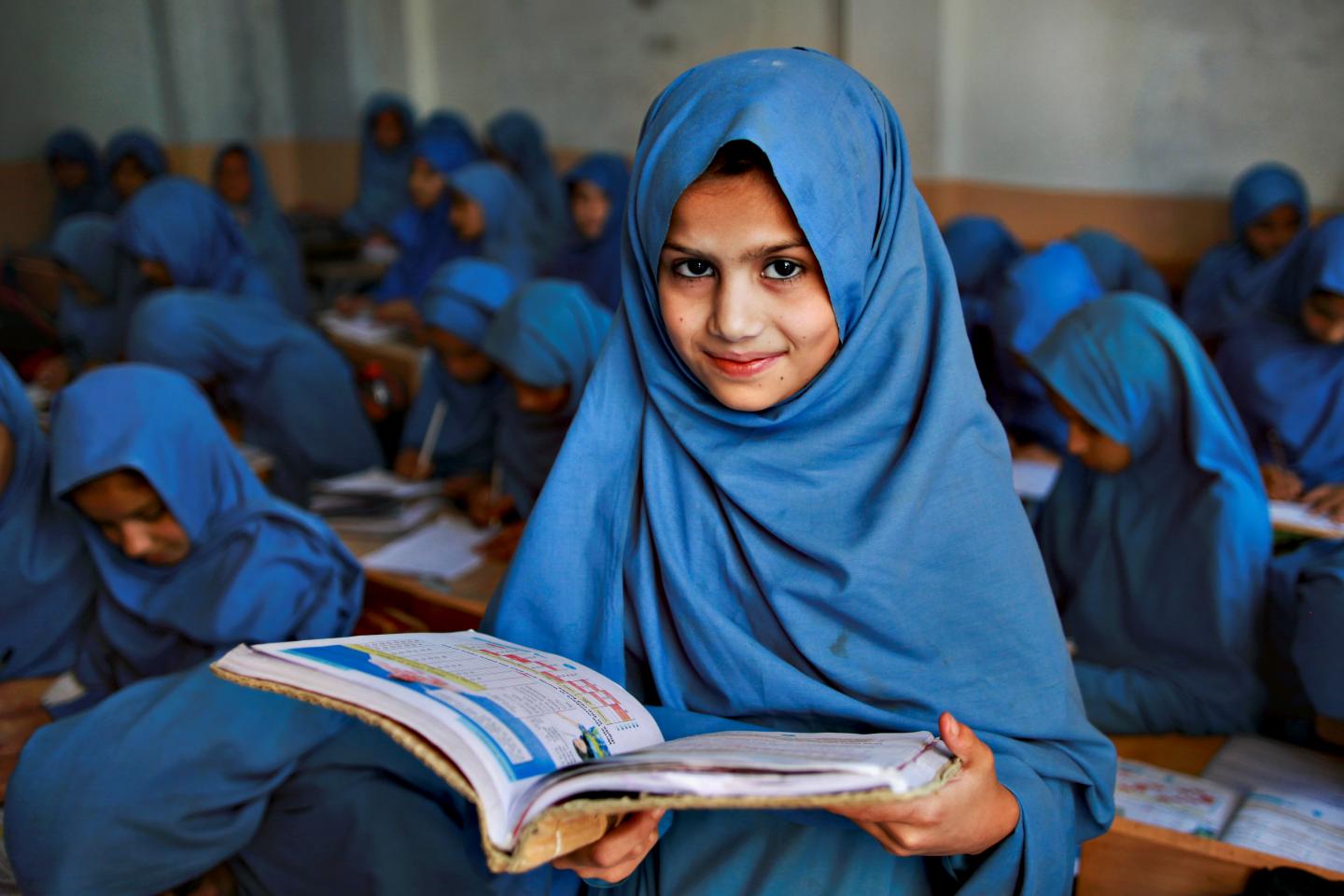
Pakistan’s education system faces several challenges that hinder its ability to deliver quality education to its citizens. Some of the significant challenges include:
Inadequate Funding: The government’s allocation for education is insufficient, with only around 2.4% of GDP allocated to education. This lack of investment affects the quality of education and limits access to education for those who cannot afford it.
Gender Inequality: Gender inequality is prevalent in Pakistan, with women and girls facing significant barriers to accessing education. The gender gap in education is a significant challenge in Pakistan, with fewer girls attending school than boys.
Poor Infrastructure: A significant challenge in the education system is the lack of adequate infrastructure, including classrooms, libraries, and laboratories. This affects the quality of education and hinders the learning process.
Outdated Curriculum: The curriculum taught in schools and universities is outdated and not relevant to the current job market’s needs. This leads to a mismatch between the skills taught and the skills required for employment.
Teacher Training: There is a significant shortage of trained teachers in Pakistan, and those who are employed are not adequately compensated for their work, which affects their motivation to teach. Additionally, the quality of teacher training programs is also not up to the mark.
Read more about Lunch Ideas For School Teenage – May 2023
FAQ’S
Q: What is the literacy rate in Pakistan?
A: According to UNESCO, the literacy rate in Pakistan stands at 59%, with female literacy rate at only 45%.
Q: How many children are out of school in Pakistan?
A: According to a report by Alif Ailaan, around 22.8 million children are out of school in Pakistan.
Q: What are the challenges facing the education system in Pakistan?
A: The education system in Pakistan faces several challenges, including inadequate funding, gender inequality, poor infrastructure, outdated curriculum, and teacher training.
Q: How does gender inequality affect education in Pakistan?
A: Gender inequality is prevalent in Pakistan, with women and girls facing significant barriers to accessing education. The gender gap in education is a significant challenge in Pakistan, with fewer girls attending school than boys.
Q: What is the quality of primary education in Pakistan?
A: The quality of primary education in Pakistan is a cause for concern, with outdated curriculum, traditional teaching methods, and a significant shortage of trained teachers.
Q: How does the government plan to address the challenges in the education system?
A: The government must take steps to address these challenges, including increasing investment in education, addressing gender inequality, improving infrastructure, updating the curriculum, and investing in teacher training programs.
Q: What role can civil society and non-governmental organizations play in promoting education in Pakistan?
A: Civil society and non-governmental organizations can play a vital role in promoting education and advocating for policy changes to improve the education system’s quality in Pakistan.
Conclusion
The quality of education in Pakistan is a cause for concern, and the education system faces several challenges that hinder its ability to deliver quality education to its citizens. The government must take steps to address these challenges, including increasing investment in education, addressing gender inequality, improving infrastructure, updating the curriculum, and investing in teacher training programs. Additionally, civil society and non-governmental organizations can also play a vital role in promoting education and advocating for policy changes to improve the education system’s quality in Pakistan.
